Outer Space & Universe
Outer Space & Universe
Space, also known as outer space, is the near-vacuum between celestial bodies. It is where everything (all of the planets, stars, galaxies and other objects) is found.
On Earth, space begins at the Kármán line (100 km above sea level). This is where Earth's atmosphere is said to stop and outer space begins. This is not a firm boundary but is a convention used by scientists and diplomats.
Items in space are free to move back and forth; up and down; and left and right. These three dimensions are what make 3D space. Items also move forward through time, which is sometimes called the fourth dimension.
The majority of space contains very little matter and so most of it is a vacuum. Scientists do not know how big space is but we do know that space is extremely big, and is always expanding.
According to the big bang theory, all matter and energy in the Universe was compressed into a very small space. Then it exploded and started expanding. Space is still growing in size today; this means the distance from one galaxy to distant galaxies is getting longer.
Gravity is the force that keeps the Moon in orbit around the Earth and the planets in orbit around the Sun. Gravity can stretch and bend space similar to how a heavy ball placed on a stretched sheet of rubber will cause the rubber to stretch. The scientist who discovered that space can bend is named Albert Einstein. How gravity bends space is part of his theory of general relativity.
Astronauts, Cosmonauts, Taikonauts and Spationauts
An astronaut is any person who is trained by NASA to travel and perform tasks in space. Although the space traveler may not necessarily be a United States citizen, each astronaut does go through a rigorous training regiment by the National Aeronautics and Space Administration. Other space travelers go by other names then astronaut depending on their country of origin.
In the United States, astronaut is derived from the Greek words ástron (star) and nautis (sailor). While, in Russia, a space traveler goes by the name космонавт (English: cosmonaut), which is derived from the Greek words kosmos (universe) and nautis (sailor). Westerners call a space traveler from China a taikonaut, based on the 1998 writings of Chiew Lee Yik and Chen Lan where the term tàikōng (great emptiness), Chinese for “space”. In China, the term yuháng yuán (universe navigator) is used for space traveler.
Only the United States of America (United States), Russia (earlier, the Union of Soviet Socialist Republics), and the People’s Republic of China (China) have sent manned spacecraft into space. Other countries have assisted these countries by sending their own space travelers on space missions. For instance, a French space traveler is called a spationaut (from the French word spationaute), which is derived from the Latin spatium (space) and Greek nautis (sailor). (plural in Greek nautes = sailors)
-
06:16

Turning Gold into AntiMatter - The Magic of of Modern Science!
Added 750 Views / 0 LikesTurning Gold into AntiMatter - The Magic of of Modern Science!
-
01:23
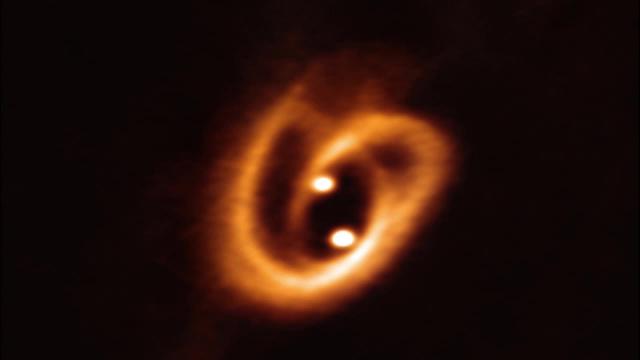
Twin Baby Stars' Disks Unite to Form a 'Cosmic Pretzel'
Added 438 Views / 0 LikesA pair of baby stars united by a "complex pretzel-shaped network of filaments of gas and dust" reside within the Barnard 59 dark nebula, according to the European Southern Observatory. The Atacama Large Millimeter/submillimeter Array (ALMA) has been used
-
07:57
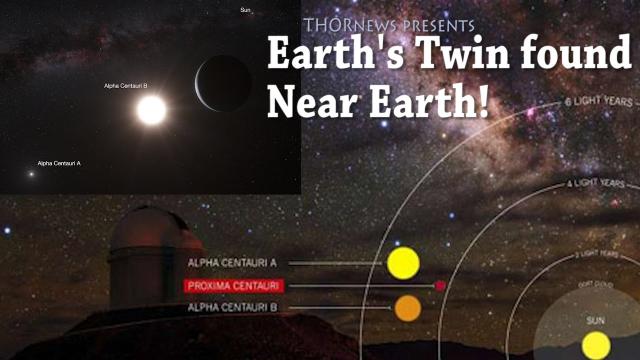
Twin Earth discovered Near our Solar System!
Added 790 Views / 0 LikesTwin Earth discovered Near our Solar System!
-
03:51
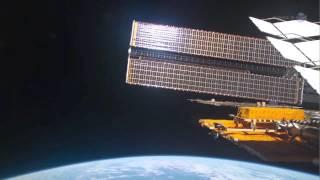
Twin Study in Space - One Up, One Down for Bio-Science | Video
Added 870 Views / 1 LikesNASA explains the biological experiments that will be performed on astronaut Scott Kelly during his year on Space Station and identical twin Mark (Space Shuttle Cdr. - Endeavour's Final Flight - See The
-
01:15
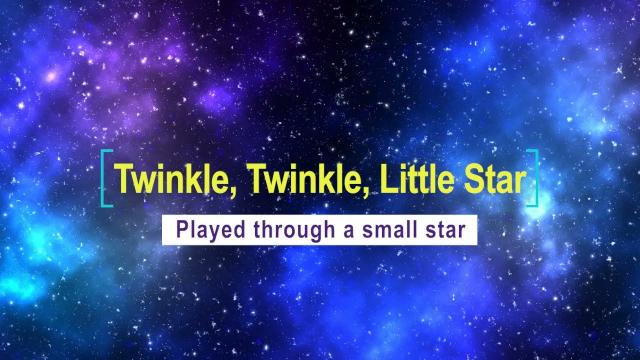
Twinkle Twinkle Little Star 'played' by stars of different sizes
Added 140 Views / 0 LikesMeasuring waves of energy rippling through stars and converting these to soundwaves three different sizes allowed scientists to hear what the interiors of stellar bodies would sound like.Credit: Northwestern University
-
01:08
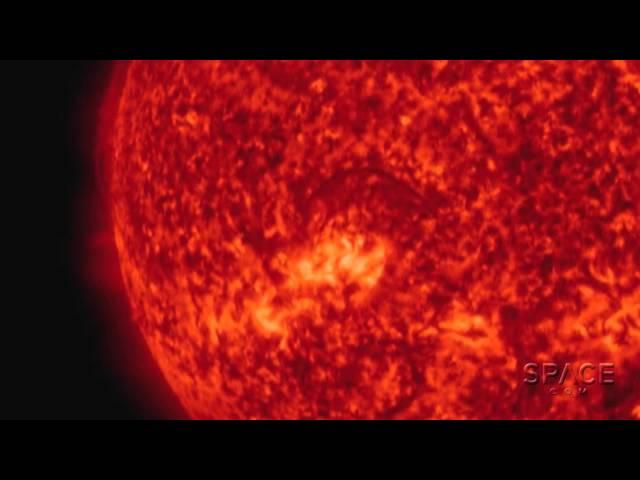
Twirling Super-Heated Filament Tears Away From Sun | Video
Added 846 Views / 0 LikesTwirling Super-Heated Filament Tears Away From Sun | Video
-
05:44

Twitter has been HACKED! Blue Checks are Down! Elon, Barack & Gates Bitcoin scam!
Added 334 Views / 0 LikesHappy Pluto opposition day!God bless everyone,T LEWISON5430 BIRDWOOD RD. #416HOUSTON TEXAS 77096https://www.paypal.me/THORnewshttps://venmo.com/TEric-Lewison$THORnews on CashApphttps://www.patreon.com/thornews
-
02:27
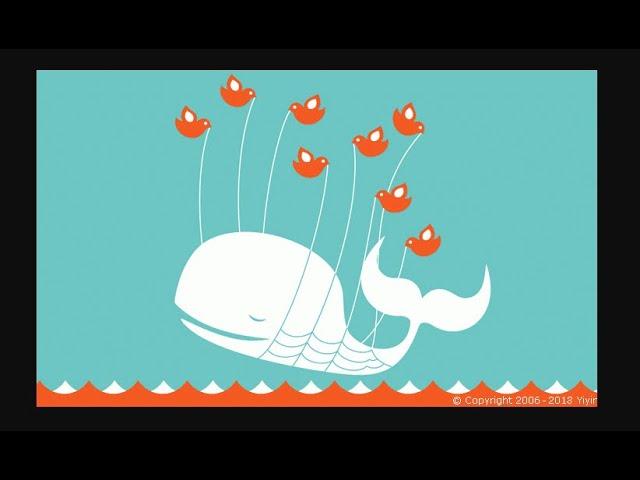
Twitter is broken*.
Added 139 Views / 0 Likeshave a great day!God bless everyone,T LEWISONhttps://www.paypal.me/THORnewshttps://venmo.com/TEric-Lewison$THORnews on CashApphttps://www.patreon.com/thornews
-
04:26

TWITTER IS DOWN.
Added 139 Views / 0 Likeswarning: non-sense singing ahead.God bless everyone,Thttps://www.paypal.me/THORnewshttps://venmo.com/TEric-Lewison$THORnews on CashApphttps://www.patreon.com/thornews
-
04:18
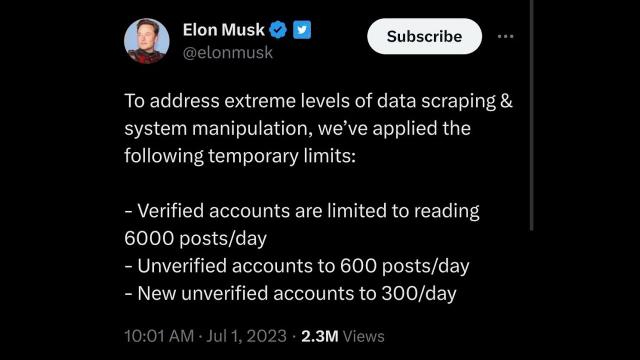
TWITTER LITERALLY BREAKS AS ELON MUSK LIMITS EVERYONE'S USAGE. & Severe Weather.
Added 240 Views / 0 LikesLife is always filled with surprises.God bless everyone,Thttps://www.paypal.me/THORnewshttps://venmo.com/TEric-Lewison$THORnews on CashApphttps://www.patreon.com/thornews
-
01:30
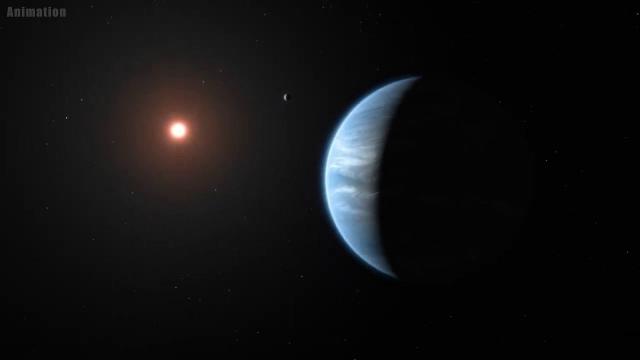
Two 'nearby' exoplanets may be water worlds, Hubble and Spitzer data suggests
Added 172 Views / 0 LikesHubble and Spitzer Space Telescope data on a pair of exoplanets, Kepler-138 c and Kepler-138 d suggests that they may be water worlds. The planets orbit a star about 218 light-years away. Full Story: https://www.space.com/exoplanets-potential-water-worlds
-
01:30
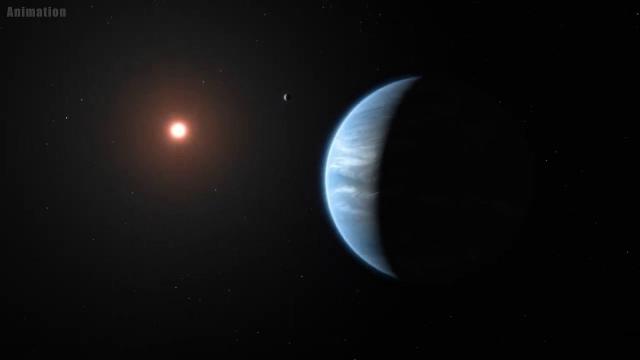
Two 'nearby' exoplanets may be water worlds, Hubble and Spitzer data suggests
Added 193 Views / 0 LikesHubble and Spitzer Space Telescope data on a pair of exoplanets, Kepler-138 c and Kepler-138 d suggests that they may be water worlds. The planets orbit a star about 218 light-years away. [Full Story](https://www.space.com/exoplanets-potential-water-world
-
02:04
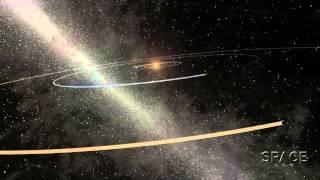
Two Alien Oceanic Earth-Like Planets Found? | Video
Added 808 Views / 0 LikesA planetary system 1200 light years from Earth may contain two worlds entirely covered by global oceans. Kepler 62e and 62f are in the habitable zone of a roughly Sun-like star. Each planet is slightly larger than Earth.
-
10:21
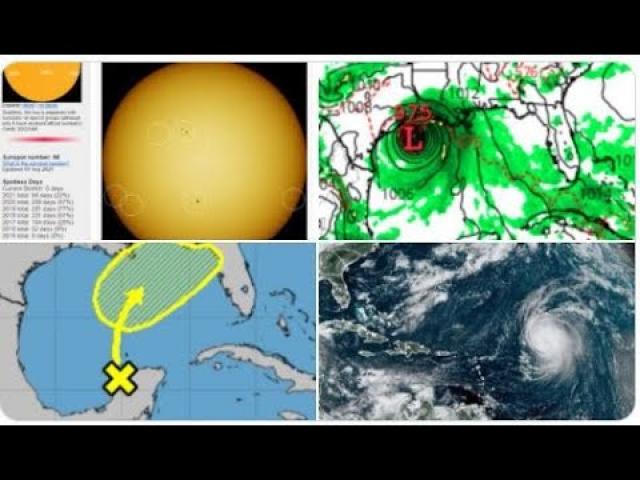
Two areas for Gulf of Mexico to watch & 1 will probably be trouble in next 10 days & FIVE SUNSPOTS
Added 252 Views / 0 LikesThank you for being awesome, asteroid fight club.God bless everyone,T LEWISON5430 BIRDWOOD RD. #416HOUSTON TEXAS 77096https://www.paypal.me/THORnewshttps://venmo.com/TEric-Lewison$THORnews on CashApphttps://www.patreon.com/thornews
-
10:18
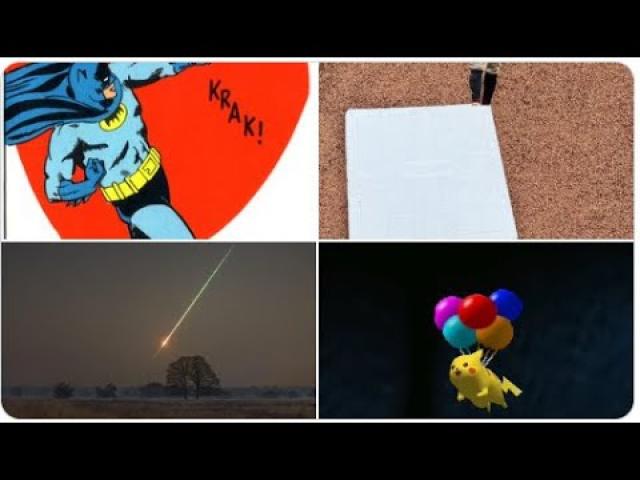
TWO ASTEROIDS HIT EARTH THIS WEEK! More Asteroids & Big Storms on the Way.
Added 221 Views / 0 LikesI hope you are hanging in there, buddy.God bless everyone,T LEWISONhttps://www.paypal.me/THORnewshttps://venmo.com/TEric-Lewison$THORnews on CashApphttps://www.patreon.com/thornews
-
01:13
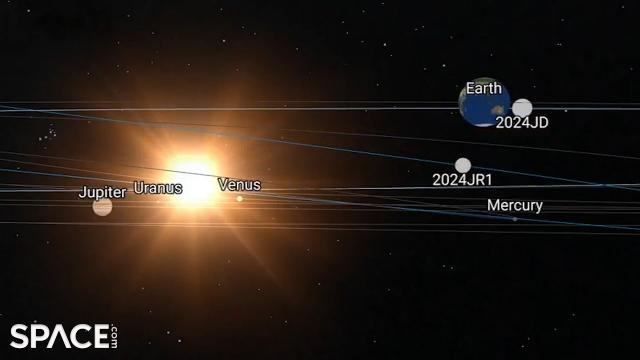
Two asteroids to make close Earth flybys within a day of each other
Added 97 Views / 0 LikesAsteroid 2024JR1 and 2024JD will make close approaches to Earth on May 7-8, 2024. Data on the flybys provided by ESA.Asteroid 2024JR1Closest approach: May 7, 2024Distance: 295,580 km (183,664 mi)Estimated Size: 8 - 17 m (26 - 55 ft)Asteroid 2024JDClosest
-
01:00
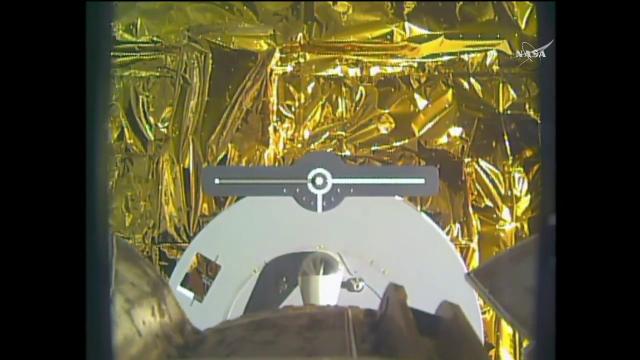
Two Astronauts Capture Japanese Cargo Craft
Added 582 Views / 0 LikesTwo Astronauts Capture Japanese Cargo Craft
-
07:49
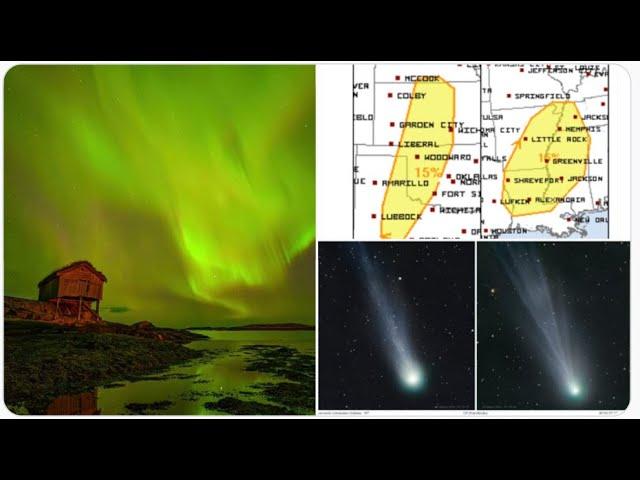
Two BIG Solar Eruptions & Wave after Wave after Wave of Storms.
Added 112 Views / 0 LikesYou are amazing.God bless everyone,Thttps://www.paypal.me/THORnewshttps://venmo.com/TEric-Lewison$THORnews on CashApphttps://www.patreon.com/thornews
-
07:14
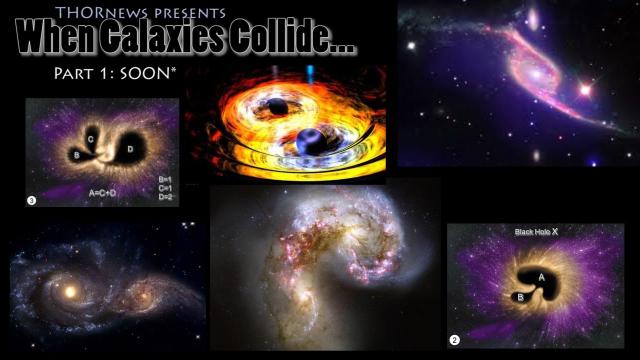
Two Black Holes are headed for a Massive Collision. Part 1 - SOON*!
Added 671 Views / 0 LikesTwo Black Holes are headed for a Massive Collision. Part 1 - SOON*!
-
01:02
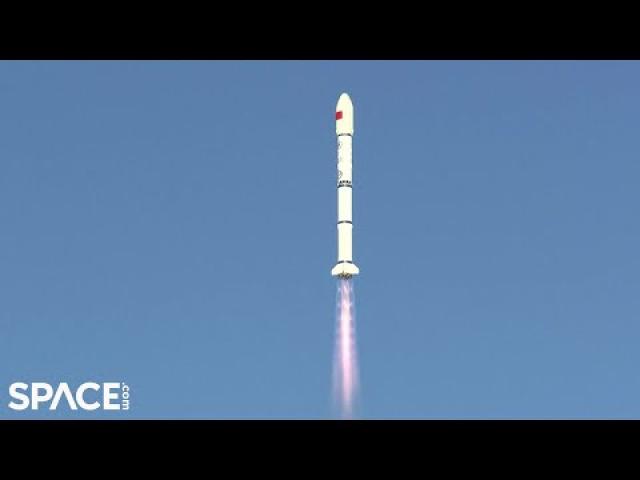
Two Chinese rockets launch 'experimental' satellites on same day
Added 249 Views / 0 LikesA Long March 2C rocket launched two experimental satellites from the Jiuquan Satellite Launch Center on Aug. 24, 2021. Hours later, a Long March 3B rocket launched a new communication technology experiment satellite from the Xichang Satellite Launch Cente
